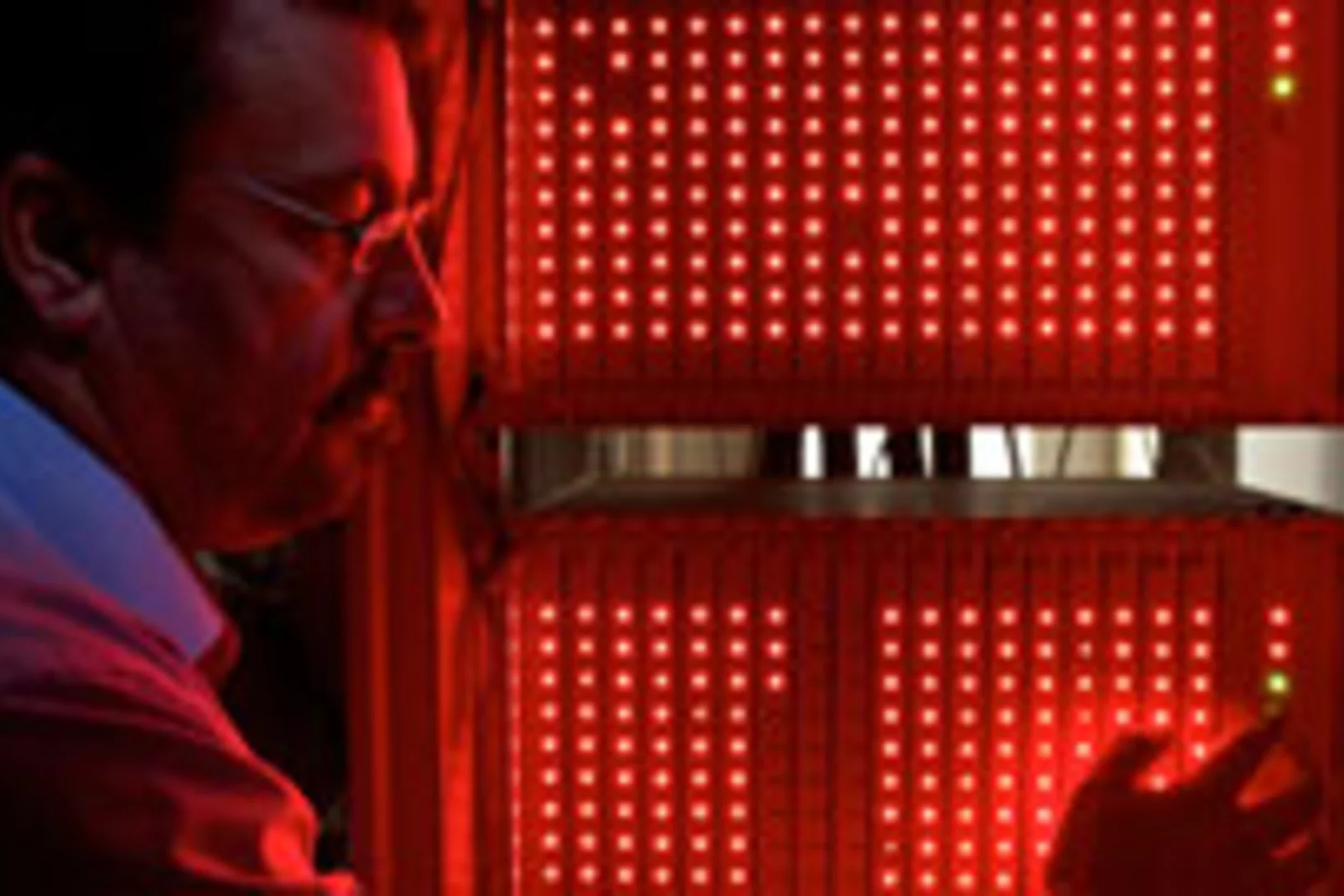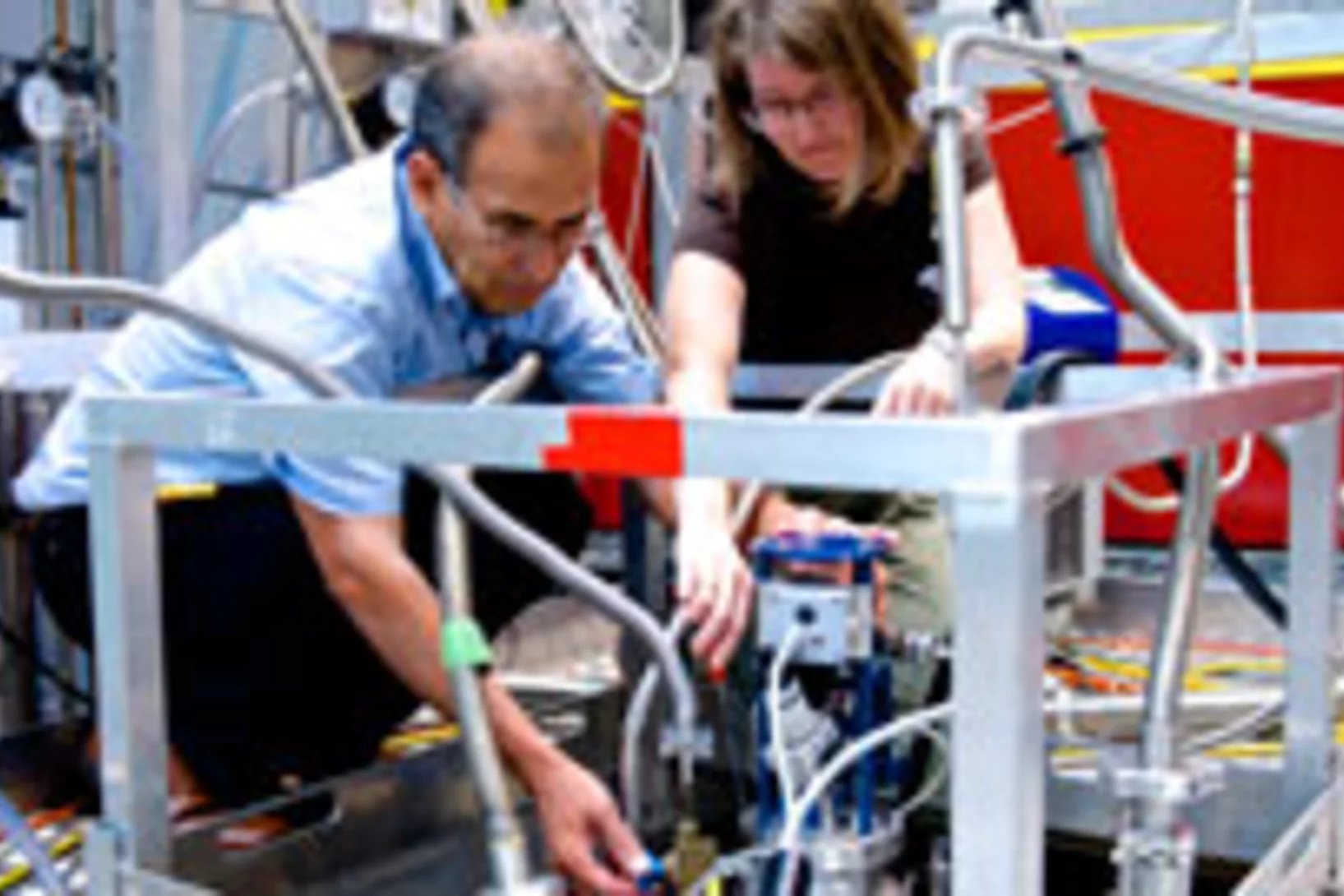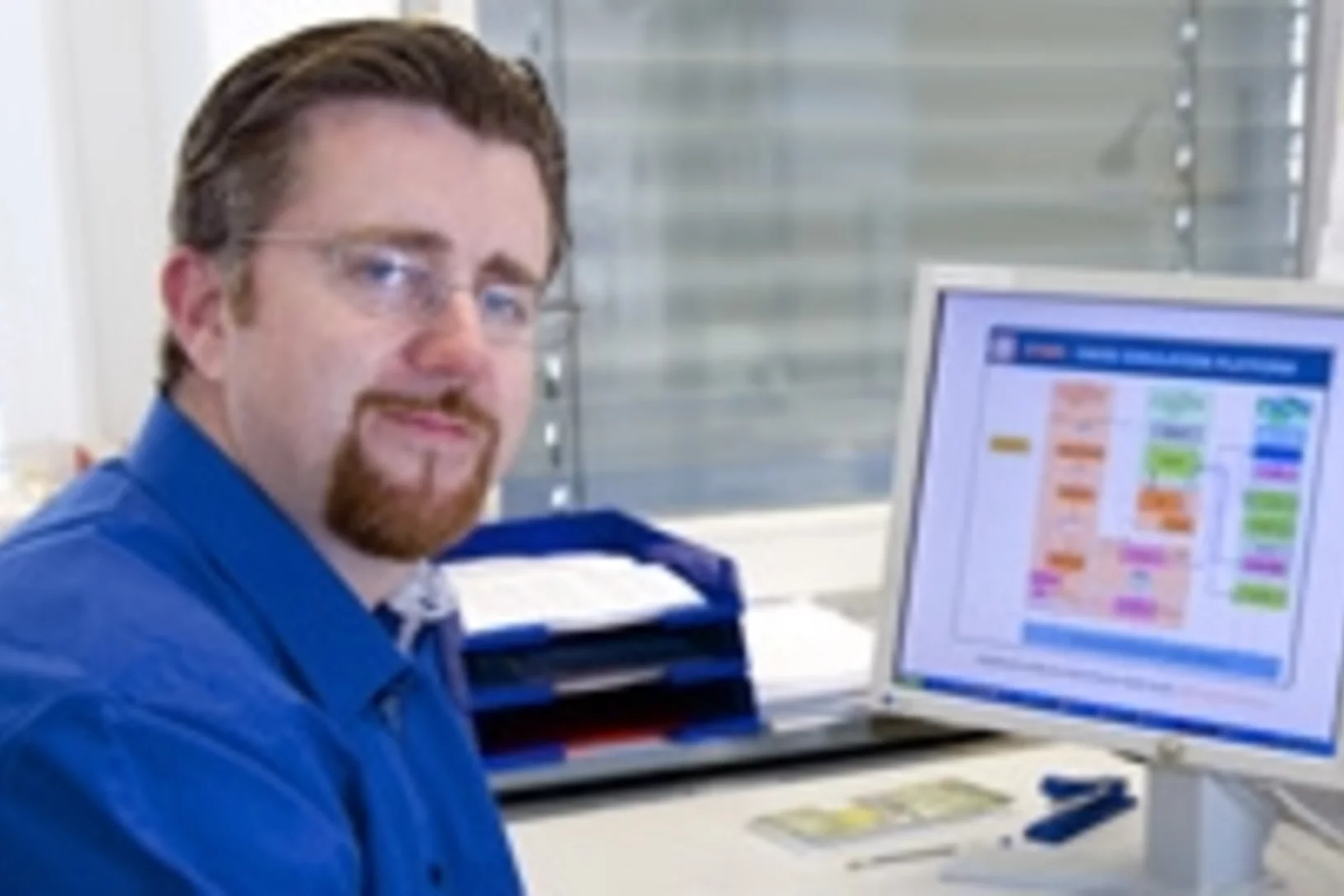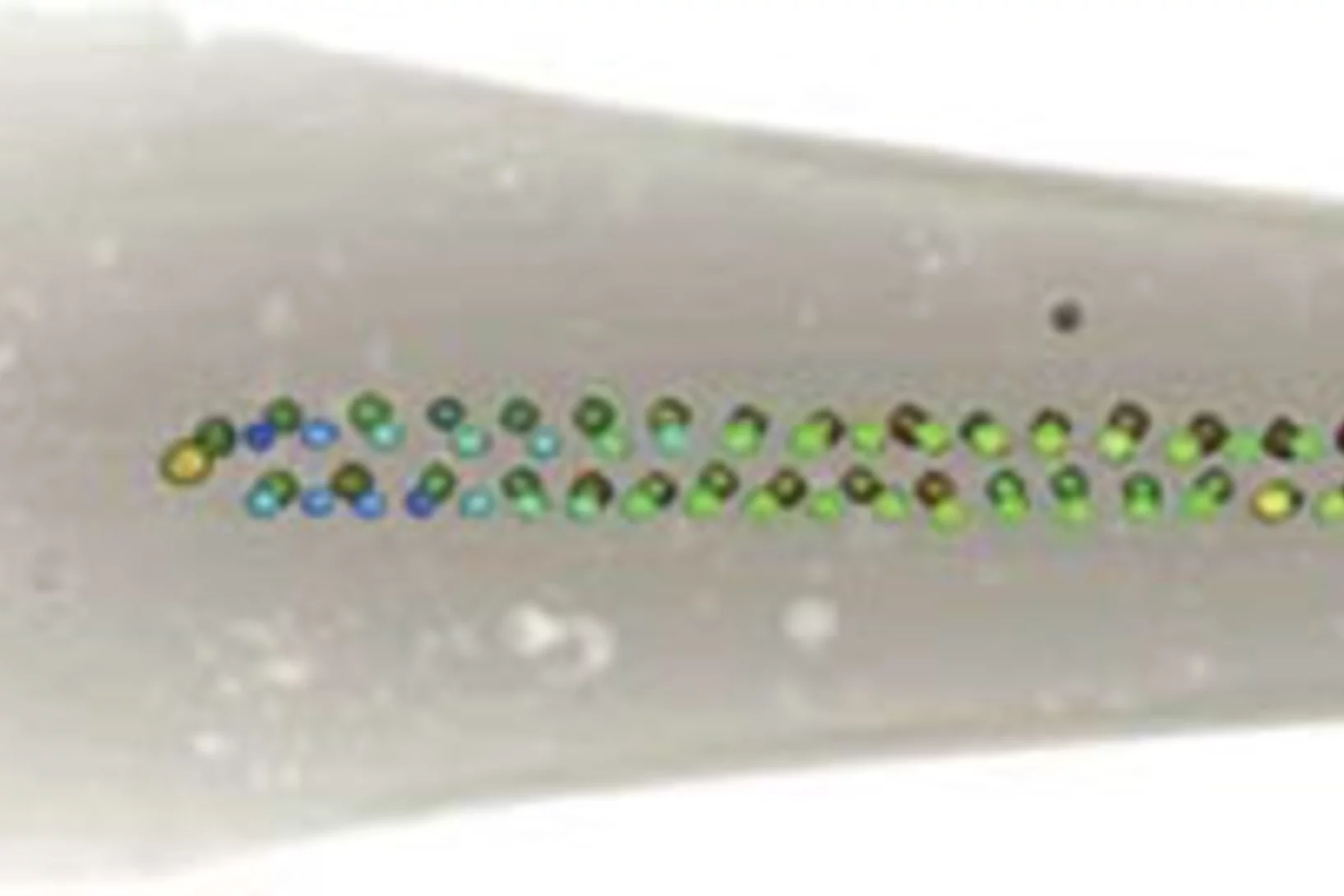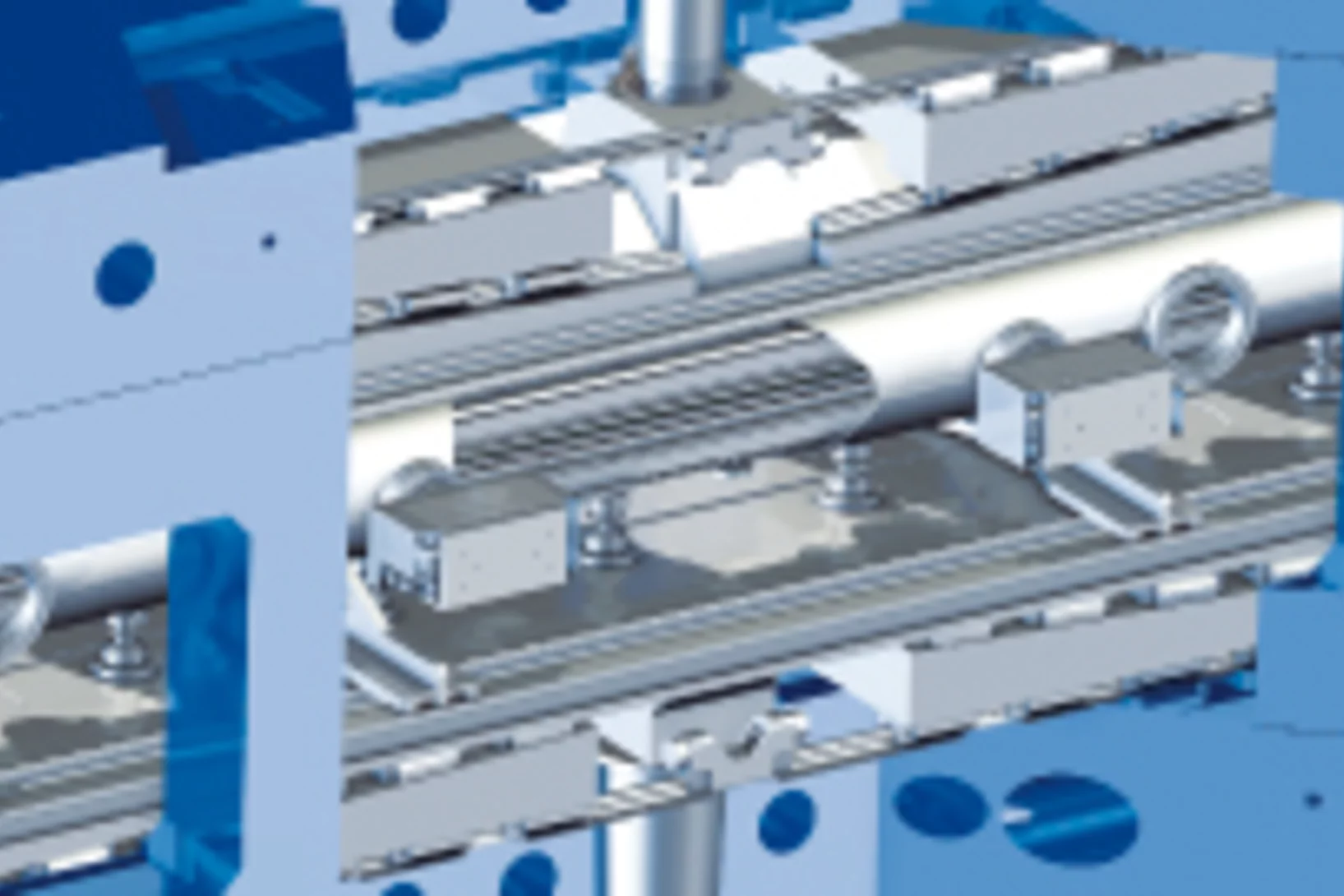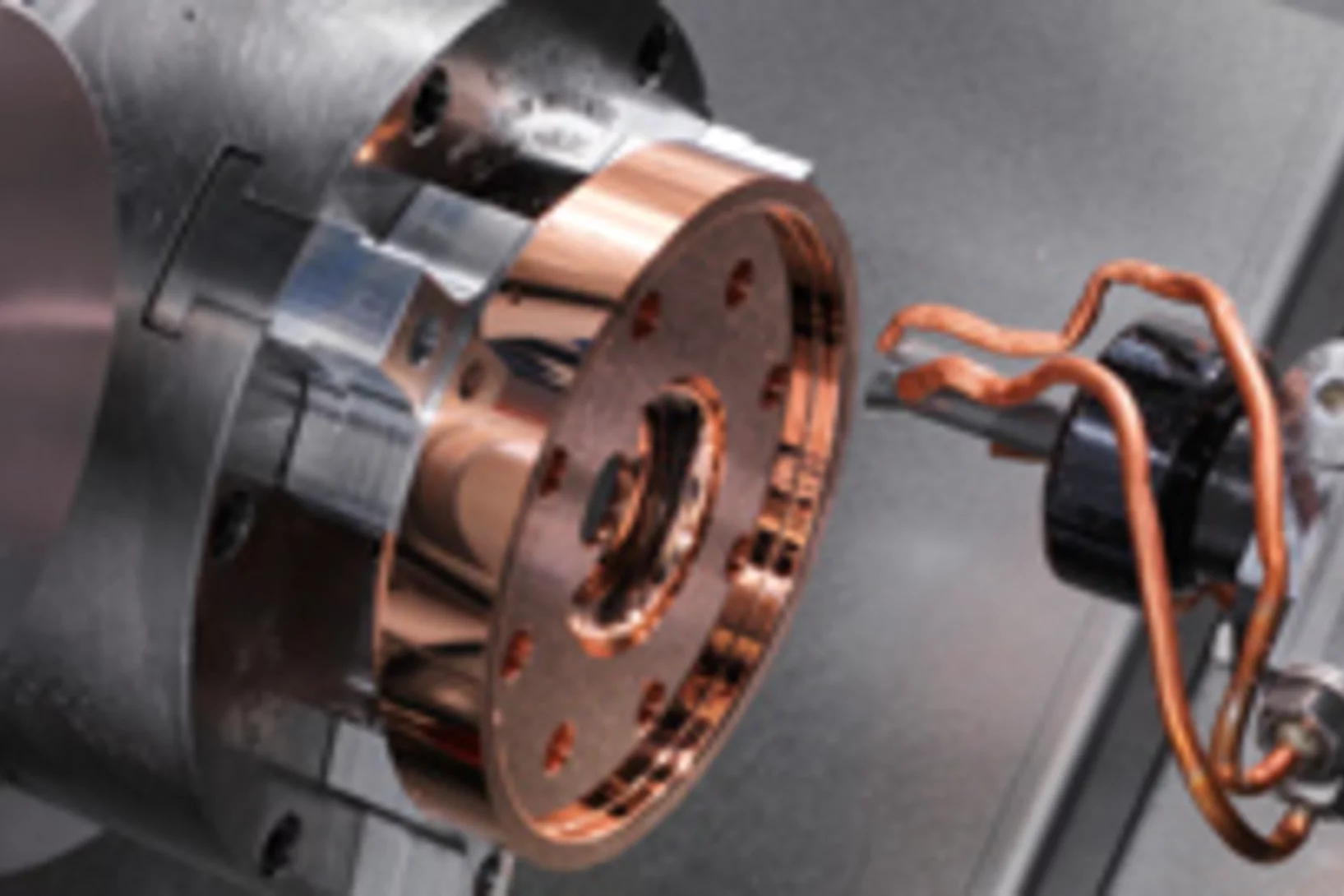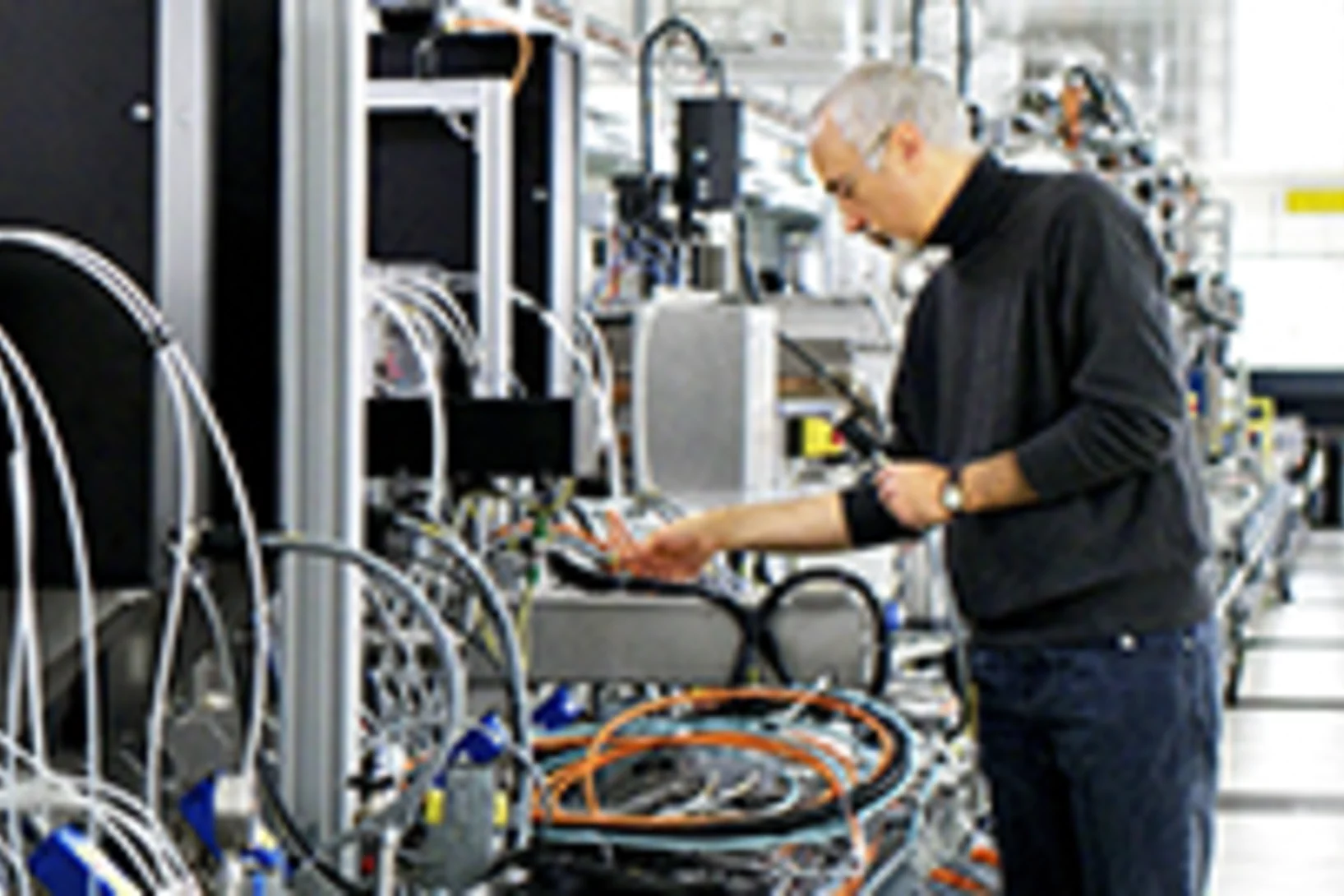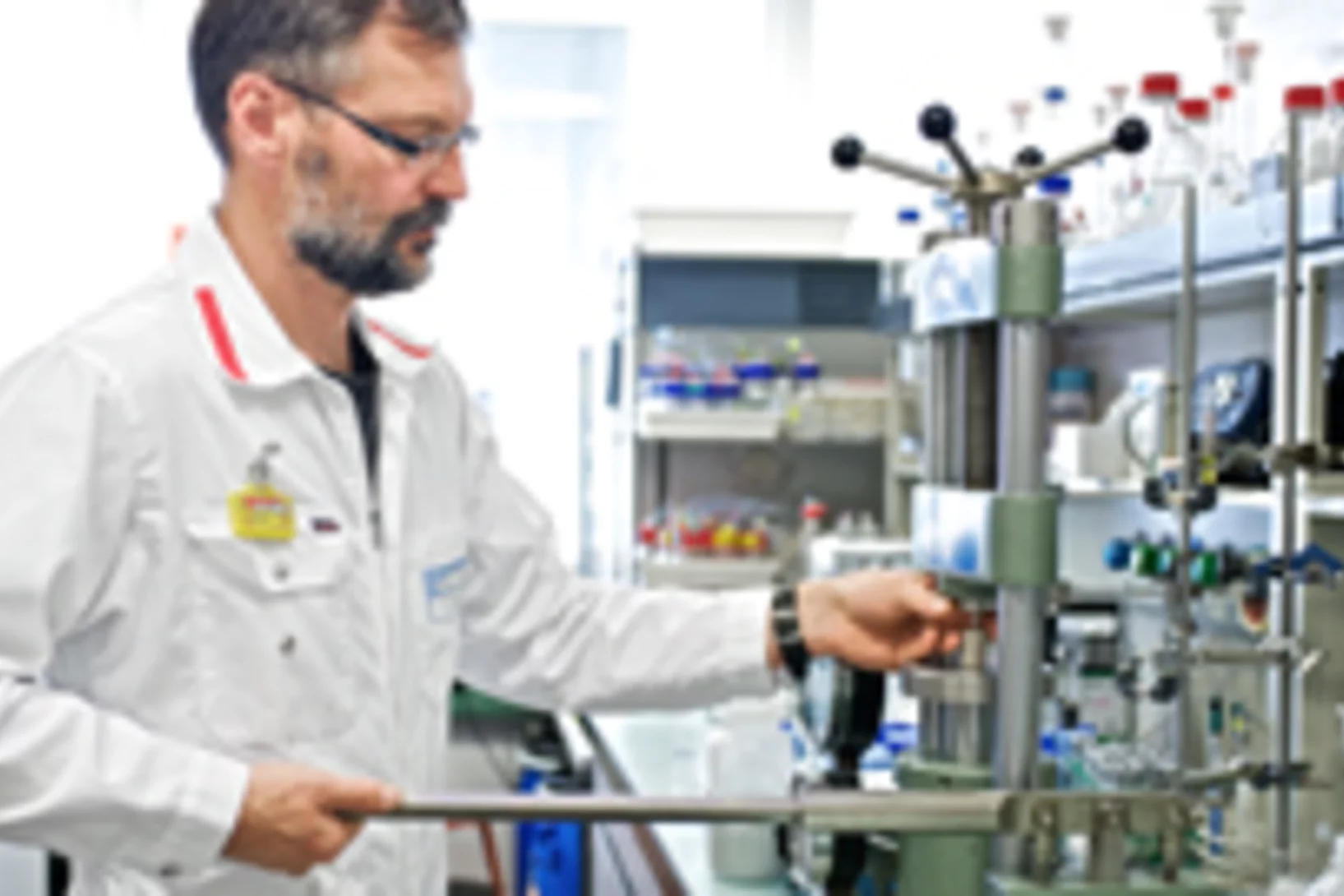PSI Stories
The quest for an elusive white crow of particle physics
A very rare process in nature should best decide on how we should describe our universe in the future. It is the particular decay of a particular type of elementary particle: the muon. These particles are short-lived and decay into a variety of other particles. According to one theoretical model, a very particular decay process is practically forbidden, whereas according to another it should be allowed. Which theory is correct? By observing many hundreds of trillions of muon decays very precisely, physicists at the Paul Scherrer Institut have come a step closer to solving this puzzle. They have now published their results in the journal Physical Review Letters.
Towards sodium ion batteries – understanding sodium dynamics on a microscopic level
Understanding sodium dynamics on a microscopic levelLithium ion batteries are highly efficient, But there are drawbacks to the use of lithium: it is expensive and its extraction rather harmful to the environment. One possible alternative might be to substitute lithium with sodium. To be able to develop sodium-based batteries, it is crucial to understand how sodium ions move in the relevant materials. Now, for the first time, scientists at the Paul Scherrer Institute PSI have determined the paths along which sodium ions move in a prospective battery material. With these results, one can now start to think of new and specific ways to manipulate the materials through slight changes to their structure or composition, for example à and thereby achieve the optimized material properties necessary for use in future batteries.
Computer simulations: a cornerstone of nuclear power station safety
Without computer simulations, the operation of nuclear power stations would be very difficult. Whether it is a question of installing new components or conducting safety tests, virtually everything has to be calculated and analysed on the computer first. At the Laboratory for Reactor Physics and Systems Behaviour of the Paul Scherrer Institute PSI, computational models and methodologies are developed with precisely this in mind. Through this, PSI researchers also act as an independent partner to the national regulatory authority ENSI and contribute thereby to support safe operation of the Swiss nuclear power plants.
Well-rounded concept for less nuclear waste
The idea of producing fuel for nuclear power stations in form of a package of spheres instead of today’s customary pellets was already born back in the 1960s. There was promise of a subsequent simplification of fuel production and a considerable reduction in the amount of radioactive waste both in the production of the fuel itself and after its use in a nuclear power station. However, the spherical fuel was never implemented as the fast reactors for which it was conceived were never built at a large scale. The Paul Scherrer Institute (PSI) has also been involved in the research on spherical fuel in the past. Now several projects partly funded by the EU are currently underway at the PSI again to refine the production of fuel spheres further. This form of fuel could either be used in special plants to reduce waste or in fast generation IV reactors, which in a closed cycle also produce less long-lived waste.
Neutrons and synchrotron light help unlock Bronze Age techniques
Experiments conducted at the PSI have made it possible to determine how a unique Bronze Age axe was made. This was thanks to the process of neutron imaging, which can be used to generate an accurate three-dimensional image of an object’s interior. For the last decade, the PSI has been collaborating with various museums and archaeological institutions both in Switzerland and abroad. The fact that the 18th International Congress on Ancient Bronzes, which is to be held at the University of Zurich from 3 à 7 September, will also be meeting at the PSI for one day is a testament to the success of the cooperation.
Reconstruction of the Fukushima nuclear accident
Researchers at the Paul Scherrer Institute (PSI) are currently involved in an international project aimed at reconstructing what happened to the reactor units during the nuclear accident at the Japanese nuclear power station, Fukushima Daiichi in March 2011. In particular, the estimate of the core end-state will help the owner of the damaged plant, the Tokyo Electricity Power Company (TEPCO) to plan the removal of components from the reactor containment and the final decontamination. Besides, the exercise is intended to contribute to further refinement of the computer programs used to perform nuclear accident simulations
The SwissFEL facility: the undulator section – where the light is produced
X-ray light is produced in SwissFEL when electrons accelerated in its linear accelerator are forced to follow a wavy path. This takes place within the undulators à regular arrangements of magnets that bend the electron beam. The whole undulator section will be 60 metres long.
The SwissFEL facility: the linear accelerator
In the linear accelerator, the electron beam receives the kinetic energy it needs in order to generate X-ray light. The linear accelerator is, in total, more than 300 metres long and at its heart there are 11,752 specially shaped copper discs in which the accelerating field is created.
The SwissFEL facility: the electron source
The electron beam for SwissFEL will be generated in an electron source. The demands of this component are very high: in order for the SwissFEL to be operated successfully, the electron beam must be of the highest quality from the very beginning.
How radionuclides escape through rock: insights for a geological waste storage site
How do radioactive substances move through the host rock in a deep repository for nuclear waste? Researchers from the Diffusion Processes Group in the Laboratory of Waste Management at the Paul Scherrer Institute (PSI) have been investigating. The transport properties of negatively charged radionuclides, which are repelled by the negatively charged surfaces of clay minerals and thus hardly adhere to the rock, are well known. An EU project in which the PSI is also involved is now yielding similar insights into positively charged and therefore highly adherent radionuclides.

